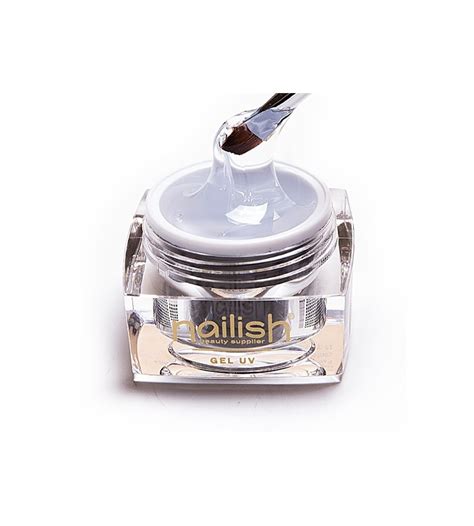Get the Perfect Shine: Perfect Builder Gel Cure Time
Achieving that flawless, high-gloss finish with builder gel requires precision and understanding. One crucial element often overlooked is cure time. Getting the cure time wrong can lead to sticky, tacky nails, lifting, or even damage to your natural nails. This comprehensive guide will explore the ideal cure time for builder gel, address common concerns, and help you achieve the perfect shine every time.
What is Builder Gel?
Before diving into cure times, let's clarify what builder gel is. Builder gel is a thick, viscous gel used to strengthen and lengthen natural nails. Unlike traditional gels, it's designed for building and sculpting, creating a sturdy base for intricate nail designs or simply enhancing the natural nail's length and strength. Its thicker consistency allows for greater control and shaping.
How Long Should Builder Gel Cure?
The ideal cure time for builder gel depends on several factors, primarily:
- The type of builder gel: Different brands and formulas have varying cure times. Always consult the manufacturer's instructions on the product packaging. This is the most reliable source of information.
- The wattage of your UV/LED lamp: Higher wattage lamps generally cure faster. A 36W UV lamp might require a longer cure time than a 48W LED lamp. Always check your lamp's specifications.
- The thickness of the applied layer: Thicker layers require longer cure times to ensure complete hardening. It's always better to apply thin layers and cure them individually than to apply one thick layer and risk incomplete curing.
- The temperature and humidity of the environment: Extreme temperatures or high humidity can affect cure time.
General Guidelines: While specific times vary, you can typically expect a cure time ranging from 30-60 seconds for each thin layer under a high-wattage LED lamp (48W or higher). UV lamps (36W or lower) might require 2-3 minutes per layer. Again, always refer to your specific product instructions.
What Happens if Builder Gel Isn't Cured Properly?
Insufficient curing is a common problem, leading to several issues:
- Sticky or tacky nails: This is the most noticeable sign of under-cured gel. The surface feels soft and unfinished.
- Lifting and chipping: Incomplete curing weakens the bond between the gel and the natural nail, leading to premature lifting and chipping.
- Damage to natural nails: Improperly cured gel can be more easily damaged, potentially harming your natural nails in the process.
- Uneven surface: Insufficient curing can result in an uneven surface finish that is less aesthetically pleasing.
How to Ensure Proper Curing of Builder Gel
Here are some tips for achieving the perfect cure:
- Use a high-quality lamp: Invest in a reliable UV or LED lamp with sufficient wattage.
- Apply thin layers: Multiple thin layers cure more effectively than one thick layer.
- Follow manufacturer instructions: This is paramount! Every builder gel has its own specific cure time requirements.
- Clean the lamp: Ensure your lamp is clean and free of any debris that might interfere with curing. Dust and other particles can impede light penetration.
- Proper nail preparation: Thoroughly clean, prep, and dehydrate your nails before applying any product. This ensures proper adhesion and a long-lasting manicure.
What if My Builder Gel is Still Sticky After Curing?
If your builder gel remains sticky after the recommended cure time, consider the following:
- Check your lamp: Make sure your lamp is functioning correctly and emitting the appropriate UV/LED light. Older lamps may lose their effectiveness over time.
- Re-cure: Try curing the gel again for a slightly longer period.
- Thin top coat: A thin, quick-curing top coat can sometimes help seal in any slightly sticky areas.
Is there a difference in curing time for different colored builder gels?
Generally, the color of the builder gel shouldn't significantly impact the cure time. The pigment itself doesn't usually affect the curing process; however, some pigmented gels might require slightly longer curing due to the presence of added materials. Always follow the manufacturer's specific instructions.
Conclusion: Mastering the Art of Builder Gel Cure Time
Perfecting your builder gel application involves mastering the art of curing. By understanding the factors influencing cure time and following the recommendations outlined above, you can ensure strong, long-lasting, and beautifully glossy nails every time. Remember, patience and precision are key to achieving the perfect shine!

